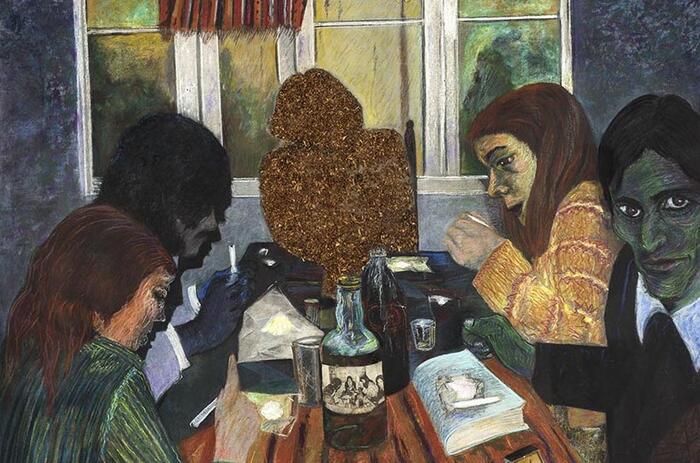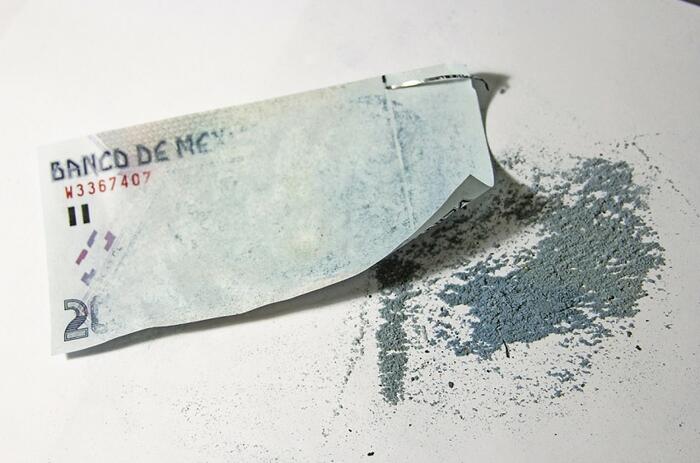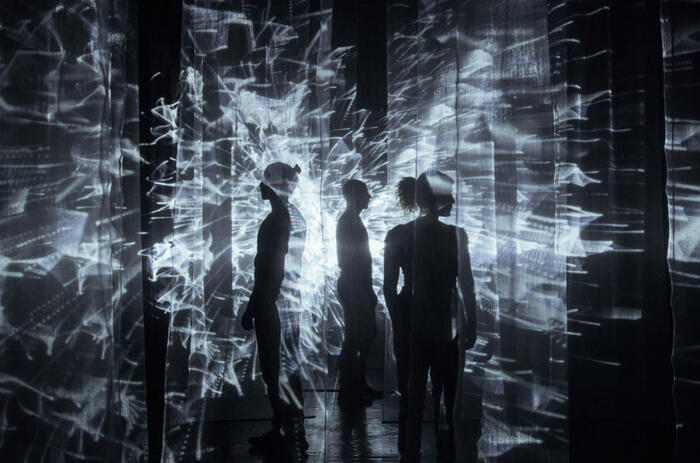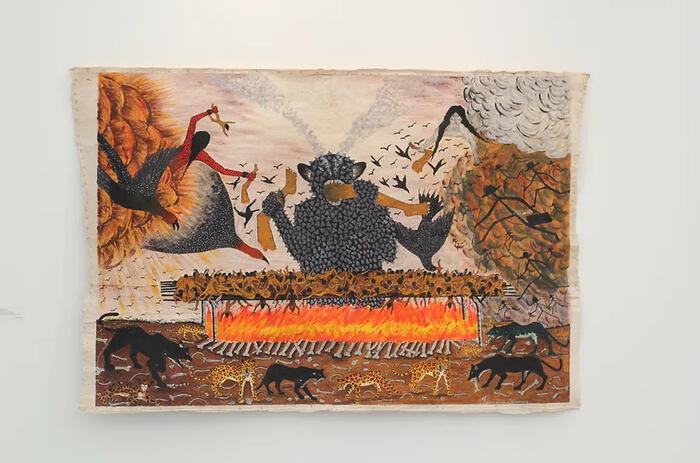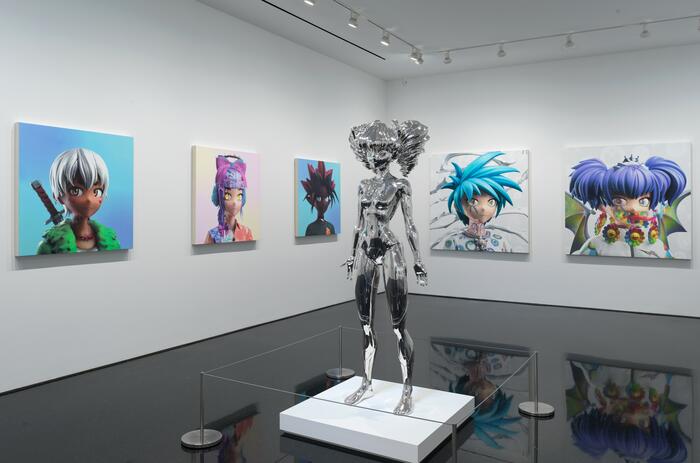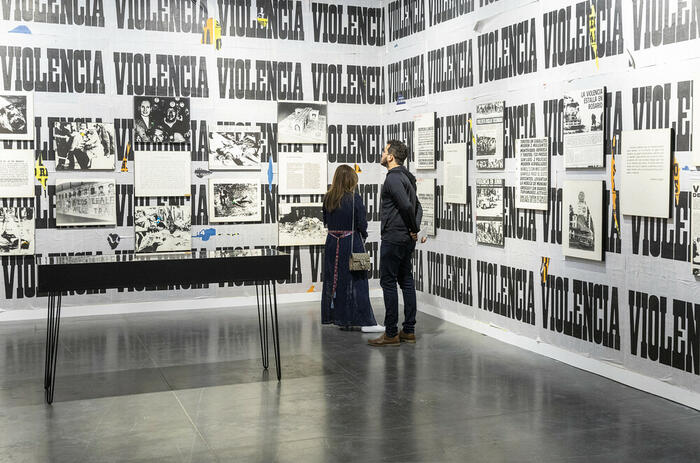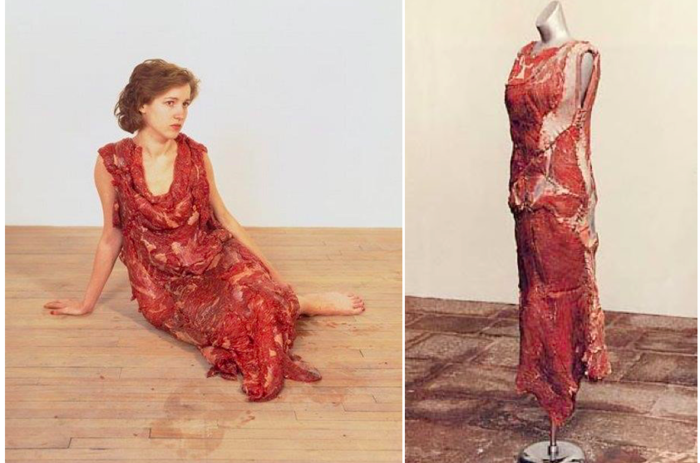ART AND ALGORITHMS. BEFORE (AND AFTER) MACHINES TOOK OVER
Before machines took over, many issues were resolved following an algorithmic principle with some logic and a little math. The originator of the idea was a Persian mathematician in the eleventh century. Later, the procedure became essential for science, everyday life and art. Basically, the algorithmic methods are in the patterns of Islamic art (see tessellation notation), in the Andean chakana and quipus of the Inca period, in the Renaissance perspective and in other representational devices of the pre-digital era.
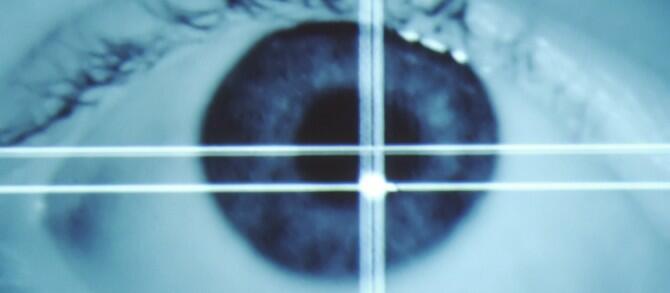
At the dawn of computing, links between weaving and algorithmic programming are gathered, as in the punched card loom conceived in 1801 by French inventor Joseph Marie Jacquard and the Analytical Engine developed in 1837 by the British mathematician Charles Baggbage. The latter could do “anything that we know how to order him to do”, according to the British mathematician and writer Ada Lovalace.
So the algorithms were not invented by the operators of the social networks, nor was their intention to control anyone's messages, but rather to sequence the search processes in an organized way. Its principle is in the ability to execute a specific task autonomously, quickly and efficiently. This logic has found fertile ground in various contemporary creative practices, including Generative Art, based on a system of instructions to be executed.
If we stick to the above definition, the concept of Generative Art sounds like something made by automatons and devoid of a soul. However, it is quite the opposite. The programming of this type of art is entirely human, as are its results and connotations. Another different thing are the purposes —aesthetic or not— of the operator and the technical devices (software, hardware, etc.) used for the operation of the generative proposal. As an example of this dilemma, it is enough to remember that the German programmers of the 3D mapping software Terravision (1993) implemented by Art+Com, conceived the idea as part of an artistic project; while the use of a similar resource by Google Earth (2001) has a strictly practical purpose as a "geographic information system", unrelated to any aesthetic implication.
Currently, Generative Art is related to various modalities such as Systems Art, Algorithm Art, Computer Art, BioArt and Net Art. Their common factor is the use of a protocol of instructions for the carrying out tasks or actions, executed autonomously. In other words, the basis of everything is programming and what is appreciated as a work are the effects derived from a package of previous instructions.
This procedure can also include random variables that allow "free" or unexpected combinations, as can be seen in the work The poetic Clock 2.0 (2000) by Yucef Merhi, designed to generate 86,400 daily variations of the same poem from a finite number of words whose disposition changes for seconds, minutes and hours.
-
Hans Haacke. News, 1969-1970. Installation, RSS newsfeed, paper, and printer. Museo Nacional Centro de Arte Reina Sofía, 2012.
-
John Baldessari. Assignment Sheets, 1970 (detail).
-
John Baldessari. Stills from the video “I will not make any more boring art”, 1971. Source linneawest.com.
-
Waldemar Cordeiro. A Mulher que Não É BB [The Woman Who Is Not BB], 1973. Offset. Banco Itaú Collection. Photo by Edouard Fraipont.
-
Waldemar Cordeiro. A Mulher que Não É BB [The Woman Who Is Not BB], 1973 Offset. Banco Itaú Collection. Photo by Edouard Fraipont (detail).
It is important to reiterate that the field of Generative Art is vast and its products are not homogeneous. It does not obey a single aesthetic and the use of machines is not mandatory. In fact, within its jurisdiction are the statistical art of Hans Haacke, the art of instructions by John Baldesary, the computerized propositions of the concretist Waldemar de Cordeiro, the mural diagrams of Sol Lewitt, the works with attari of Yucef Merhi, the graphs by Rodolfo Peraza based on the traffic of information packets, bioelectronic organisms by Sofía Crespo and visual patterns made with algorithms based on demographic indicators, images, sounds and texts by José Luis García R., just to mention a few examples. All these proposals are the result of a systematic prescription that establishes the steps to follow for the execution of the work, which can be carried out by other people or by means of a device that carries out the planned tasks autonomously.
-
Sol LeWitt. Wall Drawing #368, 1982-2016. Color inks and India ink, dimensions variable. Photo Steven Probert. © Estate of Sol LeWitt-Artists Rights Society (ARS), New York. Source artforum.com.
-
Yucef Merhi. Super Atari Poetry, 2005. 3 Atari 2600, Atari cartridges, joysticks, TVs.
-
Rodolfo Peraza. PILGRAM 2.0. NAKED LINK. WAVEMAKERS GRANTS, 2016. 14 Digital Prints, Giclee on cotton paper. Source artcodespace.com (detail).
-
Sofía Crespo. Neural Zoo, 2018. Convolutional Neural Networks. Digital Acrylic Print.
-
Jose Luis Garcia R. Slideshow 2008-2018. Presentation of 1024 pattern snippets in HD resolution (1920 x 1080 pixels) with a duration of 8 seconds each, for a total of 2 hours 16 minutes.
Seen from the present, Generative Art produces much more than polyhedral variations, linear progressions and dot patterns. Texts, complex images, sounds, movements and even living organisms can be programmed. All this from robotics, artificial intelligence, biogenetics, among other disciplines. In most cases, none of these components are visible to the observer who only appreciates what happens before his eyes and not the matrix that generates it. Some say that the creative is in the programming and not in the results. But the crucial question is to discern the thin line that separates technological experiments and artistic creation. At this point, it is worth heeding the warning of Sol Lewitt —an "analog" artist of the 20th century— in his influential writing Sentences for the Conceptual Art (1967): “The idea is the generating machine of art”.

